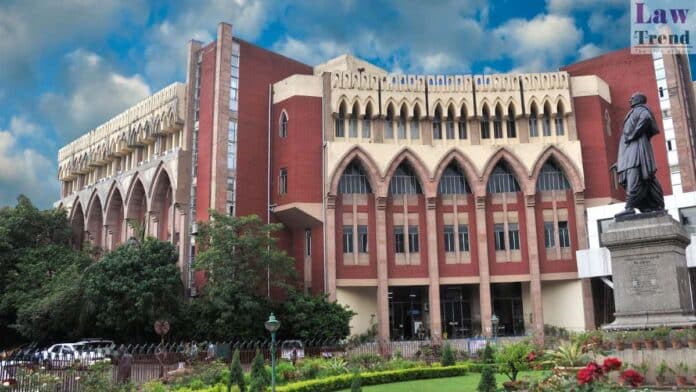The Calcutta High Court on Friday directed that the ongoing protest by thousands of teachers and non-teaching staff, who lost their jobs due to a Supreme Court ruling, be relocated to Central Park in Salt Lake. The court also restricted the number of protest participants to 200 at any given time, citing public inconvenience.
The order was passed by Justice Tirthankar Ghosh while hearing petitions filed by the Deserving Teachers Rights Forum — under whose banner the protest is being organised — and the West Bengal government, which had sought relocation of the demonstration from outside Bikash Bhavan, the state education department headquarters.
Justice Ghosh instructed the Bidhannagar Municipal Corporation to provide essential facilities like drinking water and bio-toilets at the new protest venue. He further directed that the forum must submit a list of ten authorised representatives to coordinate with the police regarding additional participants. Any further inclusion of protesters would require mutual consent between the police and forum representatives.
In view of the ongoing heatwave, the judge advised the state government to adopt a humane approach and, if feasible, arrange temporary shelters for the protestors.
The court also noted the absence of any reported incident after the clash between police and protestors on May 15 and asked law enforcement agencies to proceed cautiously against those named in the case. It instructed the West Bengal Board of Secondary Education not to pursue any action based on show-cause notices issued over the May 15 confrontation.
The state had previously raised concerns over disruptions caused by the protest to the functioning of government offices and public movement around Bikash Bhavan. Two individuals, Sudip Konar and Indrajit Mondal, had appeared before the police in response to court directions, and Justice Ghosh reiterated his verbal instruction to avoid coercive action against them.
The next hearing in the matter is scheduled for July 4.
The protest stems from the loss of employment of nearly 26,000 teaching and non-teaching personnel from state-run and state-aided schools after the Supreme Court found significant irregularities in their recruitment process.




